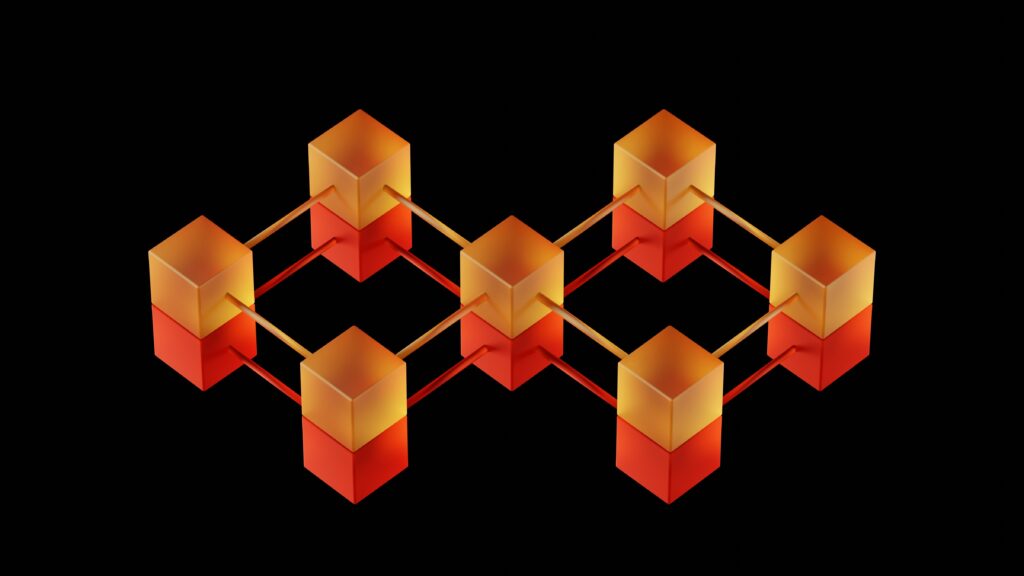Sustainable Development Blog and Creative Projects
Often referred to as the “decentralized web,” Web3 is an emerging concept and technology aims to revolutionize the way we interact and engage with the internet.
It envisions a new paradigm for the web, one that moves away from the centralized model of Web2 and embraces decentralization, transparency, and user ownership.
At its core, Web3 leverages blockchain technology and smart contracts to
Blockchain is a decentralized and distributed digital ledger that records transactions across a network of computers, ensuring transparency and immutability.

Tokens are digital assets or units of value issued on a blockchain, representing
One of the fundamental principles of Web3 is user ownership and control over data.
In the current Web2 model, tech giants and platforms collect vast amounts of user data, often without explicit consent, and utilize it for targeted advertising and other purposes.
Web3 aims to give users the power to control their data and decide how and when it is shared.
Moreover, Web3 introduces the concept of “self-sovereign identity,” where users have full control over their digital identities. This empowers individuals to manage their online presence without relying on centralized identity providers, enhancing privacy and security.
Web3 enables peer-to-peer interactions without intermediaries, reducing reliance on central servers and middlemen.
This approach has the potential to
Self-executing contracts with the terms directly written into code, play a central role in Web3 applications.
They enable automation of transactions and agreements, ensuring that parties involved in a contract can trust the outcome without relying on a third party.
A significant application of Web3, revolutionizing the traditional financial system.
DeFi provide open and permissionless access to financial services, including lending, borrowing, trading, and yield farming. These services operate without intermediaries, making them accessible to anyone with an internet connection.
Web3 holds tremendous promise, it is in its early stages, facing challenges such as
Blockchain networks, for example Ethereum, are currently the primary infrastructure for Web3 development, but they face scalability issues and high transaction fees.
Efforts are being made to address these challenges through technological advancements and the development of layer-2 solutions.
The shift to Web3 is not just about the technology but the shift in mindset and culture. Requires a collective effort to embrace decentralization, privacy, and user-centricity, challenging the status quo of centralized web services.
Web3 has the potential to reshape the internet and empower individuals by giving them more control over their digital lives. By promoting transparency, security, and user ownership, it aims to create a more equitable, inclusive, and open internet for all.
Web3 represents a paradigm shift in the way we perceive and interact with the internet.
Lleverages blockchain technology to create a decentralized and user-centric web, where individuals have control over their data and digital identities. Enabling peer-to-peer interactions and self-executing smart contracts, it fosters trustless interactions and eliminates intermediaries.
Decentralized finance (DeFi) is a notable application of Web3, revolutionizing traditional financial services.
As the development of Web3 continues, it will require collaboration and a cultural shift towards embracing decentralization and user empowerment.